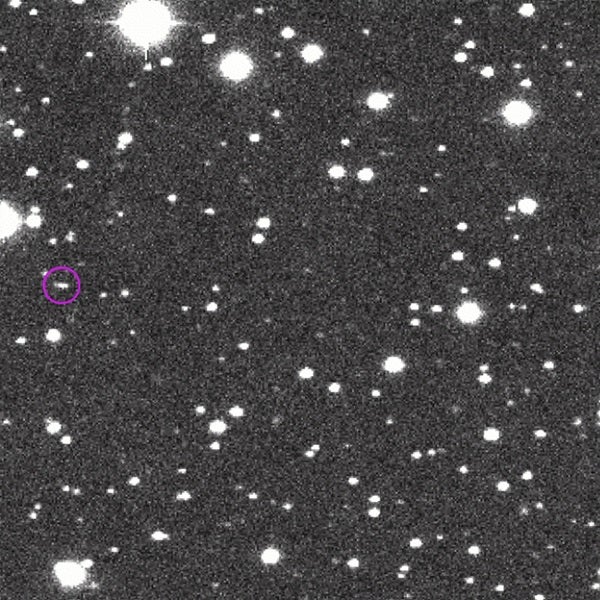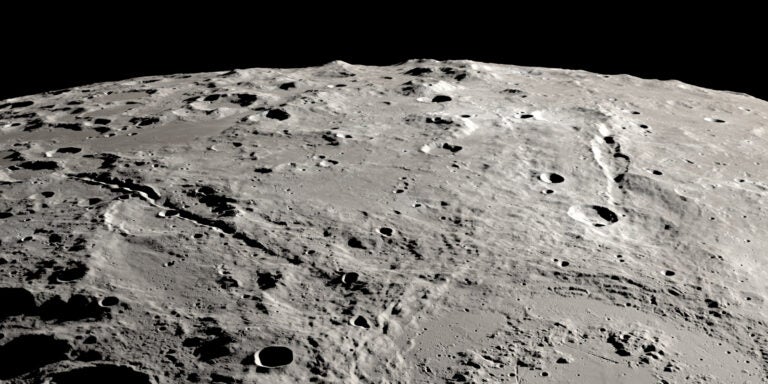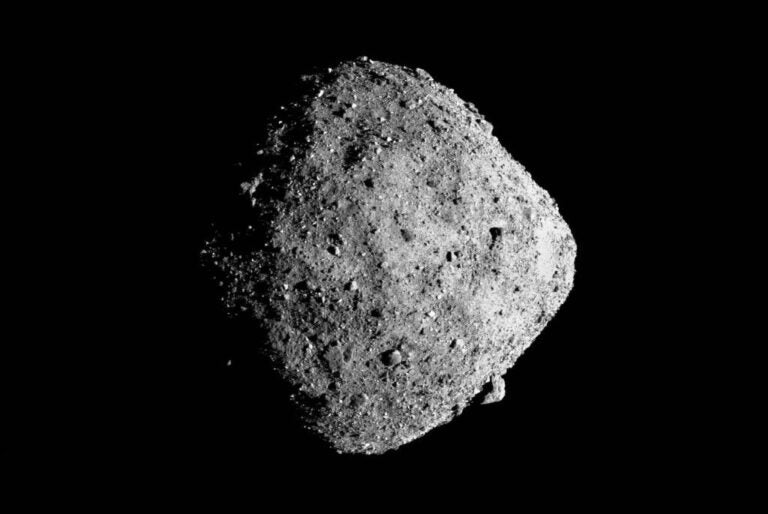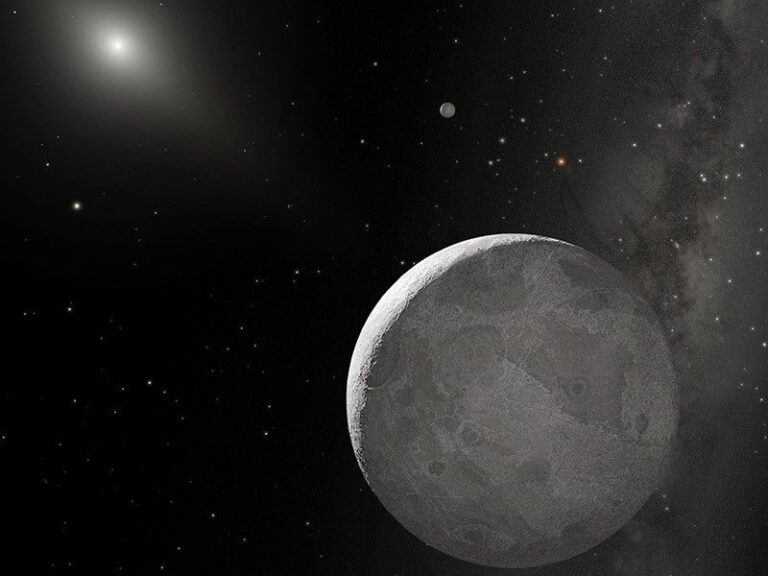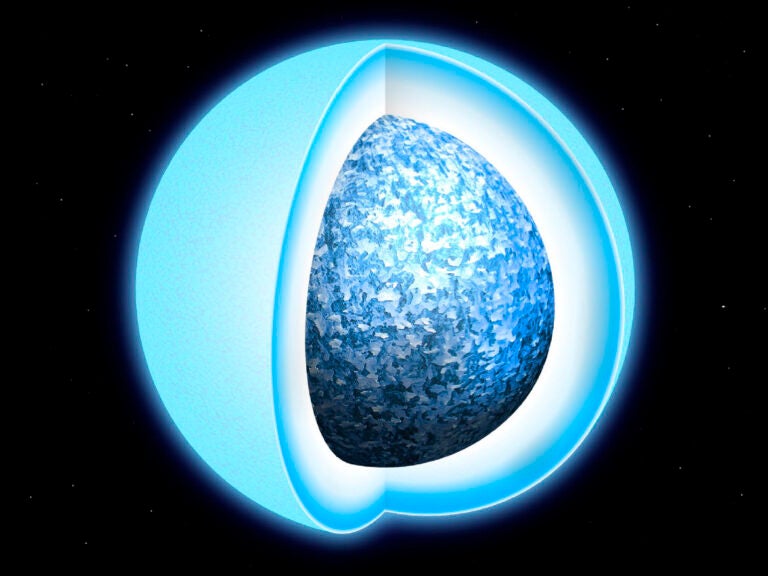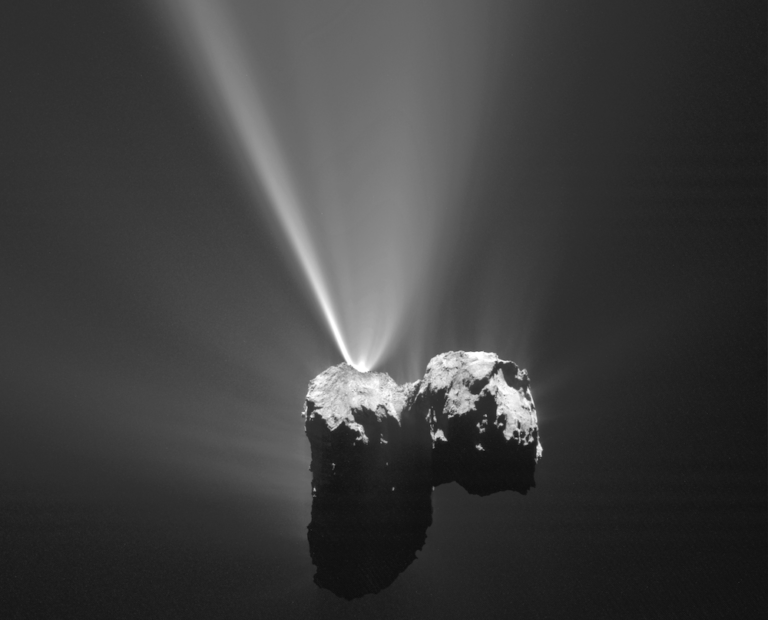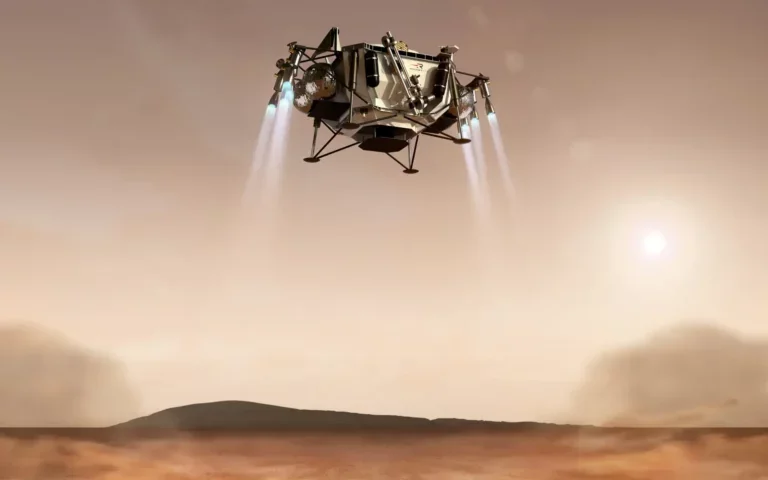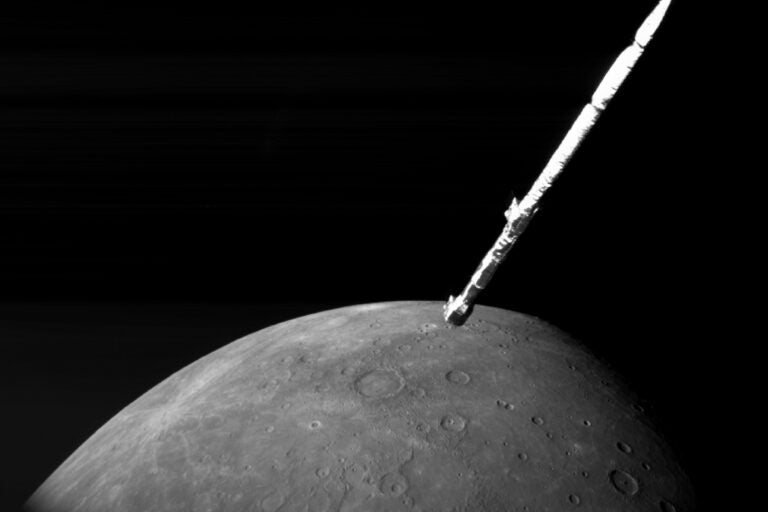Designated 2014 AA, which would make it the first asteroid discovery of 2014, the track of observations on the object allowed only an uncertain orbit to be calculated. However, if this was a small asteroid on an Earth-impacting trajectory, it most likely entered Earth’s atmosphere sometime between 2 p.m. EST Wednesday and 9 a.m. EST Thursday.
Using the only available observations, three independent projections of the possible orbit by the independent orbit analyst Bill Gray of the Minor Planet Center in Cambridge, Massachusetts, and Steve Chesley of NASA’s Near-Earth Object Program Office at the Jet Propulsion Laboratory in Pasadena, California, are in agreement that 2014 AA would hit Earth’s atmosphere. According to Chesley, the potential impact locations are widely distributed because of the orbit uncertainty, falling along an arc extending from Central America to East Africa. The most likely impact location of the object was just off the coast of West Africa at about 9 p.m. EST January 1.
It is unlikely asteroid 2014 AA would have survived atmospheric entry intact, as it was comparable in size to asteroid 2008 TC3, which was about 7 to 10 feet (2 to 3 meters) in size. 2008 TC3 completely broke up over northern Sudan in October 2008. Asteroid 2008 TC3 is the only other example of an object discovered just prior to hitting Earth. So far, there have been a few weak signals collected from infrasound stations in that region of the world that are being analyzed to see if they could be correlated to the atmospheric entry of 2014 AA.

